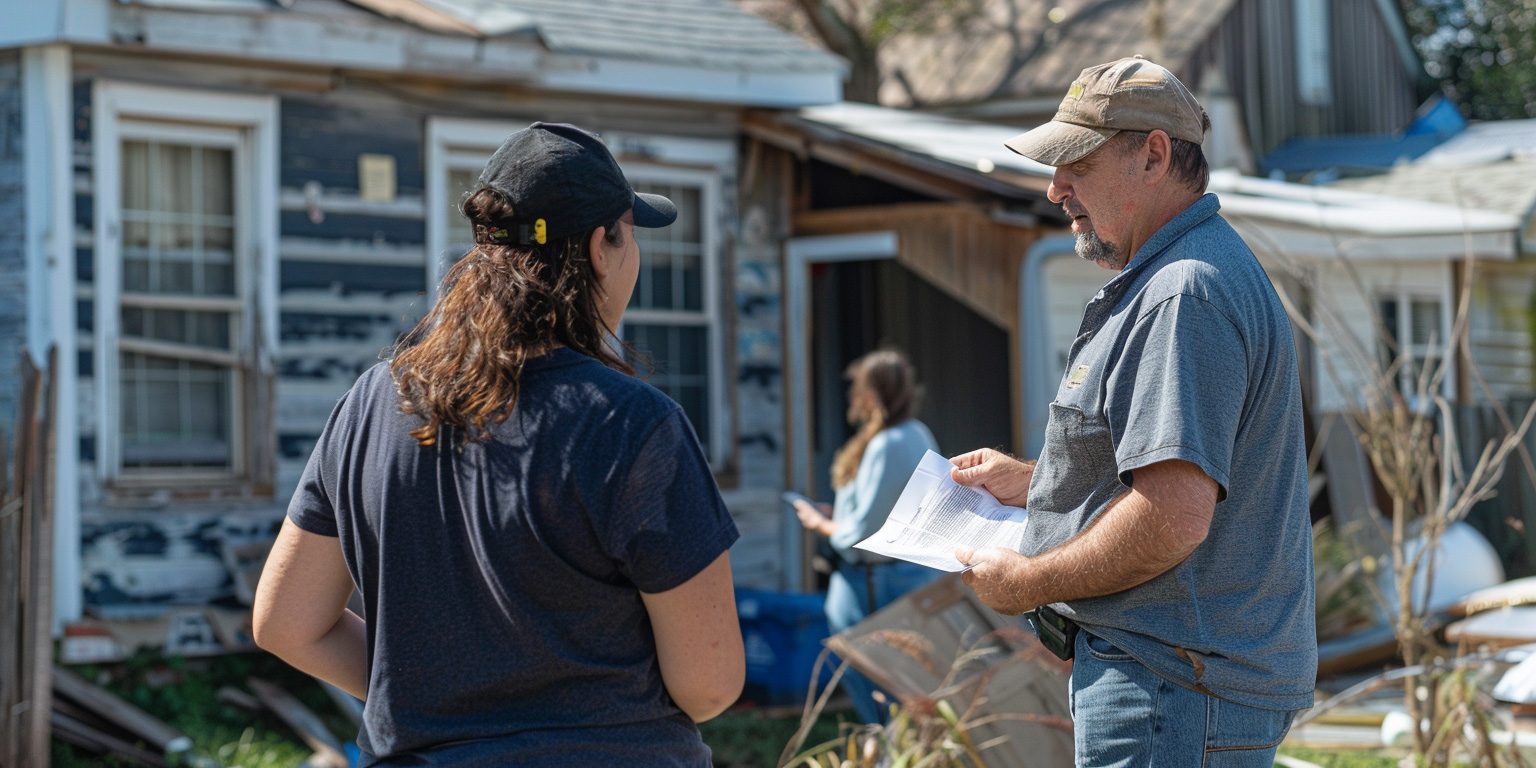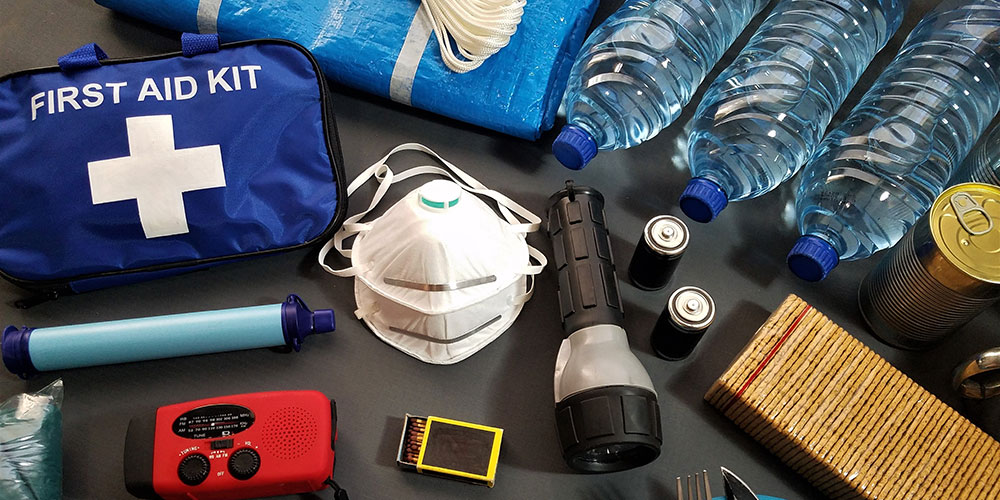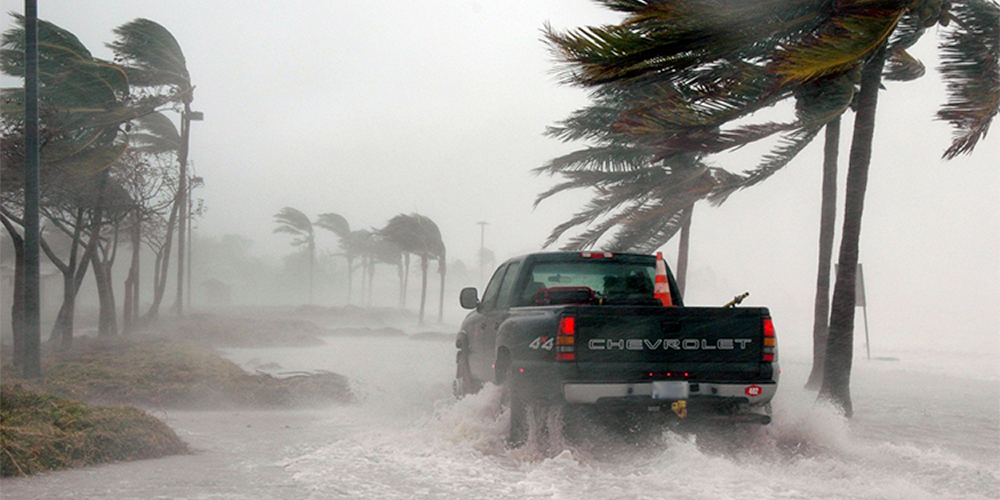As we approach the height of the 2024 hurricane season, meteorologists and climate scientists are sounding the alarm about what they predict will be an “extremely active” year. With forecasts indicating a higher-than-average number of storms and the potential for significant impacts on coastal communities, it’s crucial for individuals, businesses, and governments to be prepared. In this blog, we’ll explore the extremtly active 2024 hurricane season that is on the horizon and the factors contributing to the heightened activity, the expected impacts, and the steps you can take to stay safe and informed.
Understanding the Forecast
Factors Behind the Prediction
Several factors contribute to the prediction of an extremely active hurricane season in 2024:
1. Warmer Sea Surface Temperatures
Warm ocean waters are a primary fuel source for hurricanes. This year, sea surface temperatures in the Atlantic and Gulf of Mexico are significantly above average. Warmer waters provide more energy for storm formation and intensification, leading to stronger and more frequent hurricanes.
2. El Niño and La Niña Cycles
The El Niño-Southern Oscillation (ENSO) cycle plays a critical role in hurricane activity. This year, we are transitioning from a La Niña to an El Niño phase. Historically, El Niño conditions suppress Atlantic hurricane activity, but this transition period can sometimes lead to increased storm formation before the stabilizing effects of El Niño take hold.
3. Climate Change
Long-term climate change is also influencing hurricane patterns. Rising global temperatures contribute to warmer ocean waters and more intense storm systems. Additionally, higher atmospheric moisture content due to climate change can lead to heavier rainfall during storms, increasing the risk of flooding.
Forecasted Numbers
According to the National Oceanic and Atmospheric Administration (NOAA) and other leading meteorological organizations, the 2024 hurricane season is expected to produce:
-
15-21 named storms
-
7-11 hurricanes
-
3-5 major hurricanes (Category 3 or higher)
These numbers are well above the historical averages, indicating a potentially dangerous season ahead.
Potential Impacts
Coastal Communities
Coastal areas are always at the highest risk during hurricane season. In 2024, the threat is exacerbated by the forecasted increase in storm activity. Coastal communities should prepare for:
-
Storm Surges: Elevated sea levels can lead to significant storm surges, causing extensive flooding and damage to infrastructure.
-
High Winds: Strong winds can result in structural damage to buildings, downed power lines, and widespread power outages.
-
Flooding: Heavy rainfall associated with hurricanes can lead to flash flooding and river flooding, affecting both coastal and inland areas.
Inland Areas
While coastal regions bear the brunt of hurricanes, inland areas are not immune to their effects. Hurricanes can cause severe weather far from the coast, including:
-
Tornadoes: Hurricanes can spawn tornadoes, leading to localized but severe damage.
-
Heavy Rainfall: Prolonged rain can cause flooding in areas that are typically not prone to such events.
-
Wind Damage: Even as hurricanes weaken inland, they can still produce damaging winds that affect homes, businesses, and infrastructure.
Economic Impacts
The economic impacts of an active hurricane season can be profound:
-
Property Damage: Hurricanes can cause billions of dollars in property damage, affecting homes, businesses, and public infrastructure.
-
Business Disruptions: Power outages, flooding, and structural damage can disrupt business operations, leading to economic losses.
-
Insurance Costs: Increased storm activity can drive up insurance claims and premiums, affecting both individuals and businesses.
Preparing for the Hurricane Season
For Individuals and Families
-
Create an Emergency Plan: Develop a family emergency plan that includes evacuation routes, communication strategies, and a designated meeting place.
-
Assemble an Emergency Kit: Prepare an emergency kit with essential supplies, including non-perishable food, water, medications, flashlights, batteries, and important documents.
-
Stay Informed: Monitor weather forecasts and stay updated on any warnings or advisories from local authorities.
-
Secure Your Home: Reinforce windows and doors, trim trees and shrubs, and secure outdoor items that could become projectiles during high winds.
-
Know Your Evacuation Zone: Familiarize yourself with local evacuation zones and heed any evacuation orders from authorities.
For Businesses
-
Develop a Continuity Plan: Create a business continuity plan that addresses potential disruptions and outlines steps for maintaining operations during and after a storm.
-
Backup Data: Ensure that all critical business data is backed up and stored securely, preferably off-site or in the cloud.
-
Communicate with Employees: Establish clear communication channels to keep employees informed about safety procedures and operational changes.
-
Review Insurance Policies: Check your insurance coverage to ensure it is adequate for potential hurricane-related damages.
-
Secure Your Property: Take steps to protect your business premises, including reinforcing structures, installing storm shutters, and securing outdoor equipment.
For Communities and Governments
-
Enhance Infrastructure Resilience: Invest in infrastructure improvements to better withstand hurricanes, such as upgrading drainage systems and reinforcing critical facilities.
-
Promote Public Awareness: Conduct public awareness campaigns to educate residents about hurricane preparedness and safety measures.
-
Coordinate Emergency Services: Ensure that emergency services are well-coordinated and equipped to respond to hurricane impacts.
-
Implement Building Codes: Enforce strict building codes to ensure that new constructions are hurricane-resistant.
-
Plan for Recovery: Develop comprehensive recovery plans to assist communities in rebuilding and recovering after a hurricane.
Technological Tools and Resources
Weather Monitoring and Forecasting
Advancements in meteorology and technology have significantly improved our ability to predict and monitor hurricanes. Utilize the following tools and resources:
-
Weather Apps: Download reliable weather apps such as the NOAA Weather Radar, Weather Underground, and AccuWeather to receive real-time updates and alerts.
-
Social Media: Follow trusted sources like the National Hurricane Center (NHC) on social media for timely updates and information.
-
Local News: Stay tuned to local news channels and websites for specific information related to your area.
Communication and Coordination
Effective communication and coordination are vital during a hurricane. Use these tools to stay connected:
-
Emergency Alerts: Sign up for local emergency alert systems to receive notifications via text, email, or phone.
-
Community Networks: Join neighborhood or community groups on platforms like Nextdoor to share information and resources.
-
Satellite Phones: Consider investing in satellite phones for reliable communication if cellular networks are disrupted.
The prediction of an “extremely active” 2024 hurricane season serves as a crucial reminder of the importance of preparedness and resilience. By understanding the factors behind the forecast, recognizing the potential impacts, and taking proactive steps to protect yourself, your family, your business, and your community, you can mitigate the risks associated with hurricanes. Stay informed, be prepared, and prioritize safety to navigate this hurricane season successfully.
While preventing hurricanes is impossible, you can take steps to protect yourself and others from harm. Installing a hurricane screen on your home provides crucial protection from damage and debris. For additional tips or to inquire about hurricane screens, contact Armor Screen. Fill out our online form or call us at 877-237-2337.







